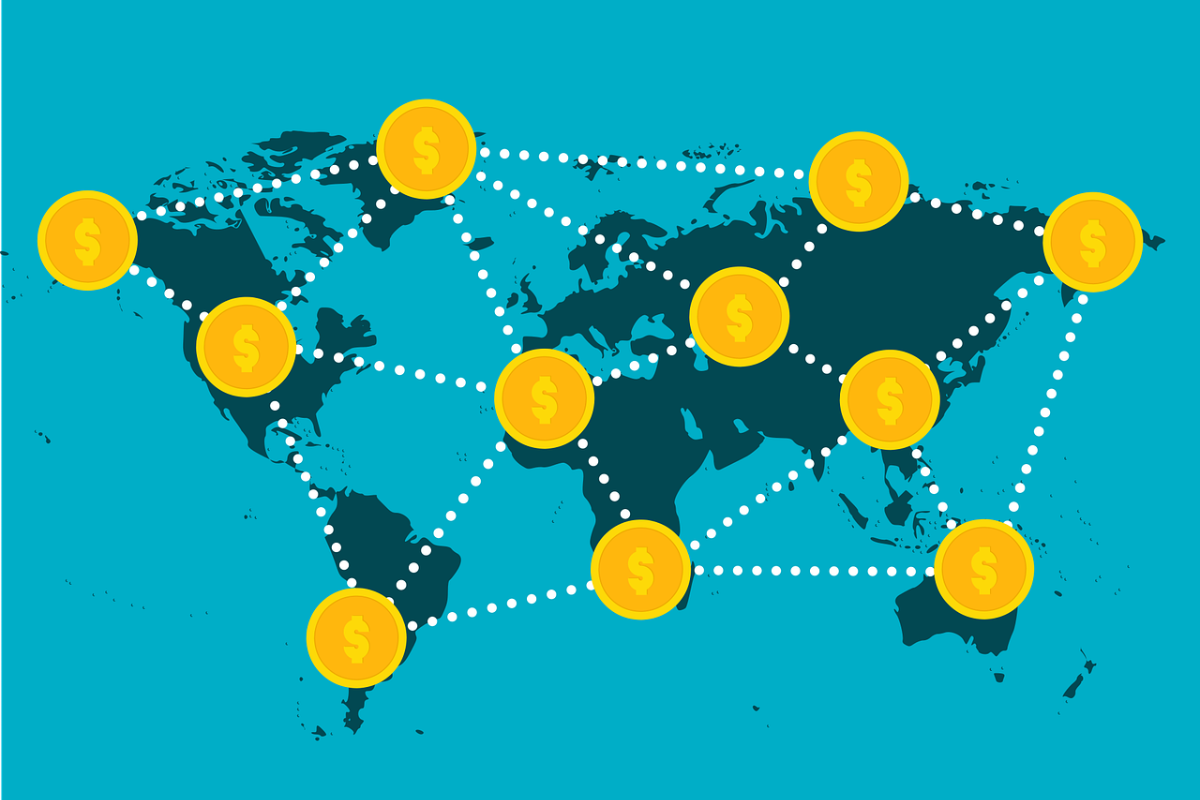Consumer finance innovations become a transformative force in the financial landscape. These technologies are revolutionizing the way individuals access credit and interact with financial institutions.
The impact of online lending platforms, artificial intelligence, and blockchain solutions cannot be overstated. Let’s discover how they can benefit both borrowers and lenders.
Post Contents
Traditional Consumer Lending Process
The disadvantages of traditional lending methods make clear the importance of consumer lending technologies.
The traditional approach is characterized by cumbersome documentation, long processing times, and limited access to credit. This old-fashioned way of financing has long been a source of frustration for borrowers.
A survey conducted by Deloitte found that 75% of consumers find the traditional loan application process to be too long and complicated.
Manual underwriting processes and subjective risk assessment, as well as other problems and limitations of traditional lending, hinder access to financial services and stifle innovation.
Types Of Consumer Lending Technologies
Online Lending Platforms
Peer-to-peer lending has grown significantly in recent years, with the global market reaching $67.9 billion in 2020, according to Statista.

P2P connects borrowers directly with individual lenders, eliminating the need for intermediaries and streamlining the lending process.
This allows borrowers to obtain loans at competitive rates, often lower than those offered by traditional financial institutions.
Market lending is also gaining momentum. The market is estimated to reach $1.3 trillion by 2027 (source: Grand View Research).
Platform finance uses machine learning algorithms and big data analytics to facilitate lending transactions between borrowers and institutional investors.
Lenders tend to provide their clients with access to a more efficient and transparent market. As a result, borrowers have faster access to funds and more personalized loan options.
Mobile Applications For Lending
The spreading of mobile lending apps has affected borrowers’ experience. A study by Juniper Research reveals that global mobile loan application submissions are going to reach 70% by 2024.
Online apps offer borrowers a convenient and accessible platform for loan applications. This allows them to complete the entire lending process through their mobile devices.
Mobile wallets and digital payment solutions have further enhanced the efficiency of consumer lending.
It is estimated that the global mobile wallet market will reach $7.6 trillion in transactions by 2026, as reported by Allied Market Research.
AI And ML In Consumer Lending Software
Consumer lending software powered by AI and machine learning algorithms analyzes vast amounts of data per time unit.
This tool can be used to autonomously score credit histories, income sources, and behavioral patterns, in order to assess creditworthiness more accurately and efficiently than a human do.
According to a study conducted by Accenture, 79% of banking executives believe AI will revolutionize the way banks gain information from and interact with customers.
What’s more, AI-based consumer lending software uses borrower data to provide personalized loan recommendations.
This personalization not only enhances the borrower’s experience but also increases the likelihood of loan approval.
According to a report by Deloitte, banks that implement AI-driven personalization can experience up to a 20% increase in customer satisfaction and a 15% increase in revenue.
Blockchain and Smart Contracts
Blockchain technology is transforming loan origination and verification processes.
Blockchain simplifies and streamlines these processes, reducing the need for manual intervention by securely storing and sharing borrower information.
Smart contracts, which are self-executing contracts with the terms of the agreement directly written into code, automate loan agreements and enhance transparency.
A survey conducted by Deloitte found that 86% of financial services executives believe blockchain will be mainstream in their business operations by 2025.
Moreover, consumer lending technologies built on blockchain provide an immutable and tamper-proof ledger, enhancing security and reducing fraud.
A report by MarketsandMarkets has shown the global blockchain in the banking and financial services market is projected to reach $1.4 billion by 2026, driven by the need for enhanced security and transparency in lending processes.
Benefits Of Consumer Lending Technologies
Consumer loan technologies are revolutionizing the borrowing experience by offering a multitude of benefits.

These innovations have the power to transform the lending landscape, benefiting both borrowers and lenders alike. Let’s explore some of the advantages that consumer lending technologies bring to the table:
Improved Access to Credit
Traditional lending methods often had stringent criteria and limited options, making it challenging for certain individuals to secure loans.
However, with consumer lending technologies, borrowers have a wider range of options and can access credit more easily, even if they have little credit history or don’t meet the strict criteria set by traditional lenders.
Enhanced Customer Experience
Consumer lending technologies prioritize the borrower’s experience, making the lending process more convenient and user-friendly.
With digital platforms and mobile applications, borrowers can apply for loans from the comfort of their homes, avoiding the need for lengthy paperwork and physical visits to banks or lending institutions.
The streamlined and intuitive interfaces of these technologies ensure a seamless and efficient borrowing experience.
Faster Loan Processing and Disbursement:
Traditional lending methods often involved lengthy processing times, causing delays in receiving funds when they were needed the most.
Consumer lending technologies leverage automation and digital workflows to expedite the loan processing and disbursement process.
Borrowers can expect faster approvals and receive funds promptly, addressing their urgent financial needs without unnecessary delays.
Lower Costs and Fees
Consumer lending technologies eliminate many of the overhead costs associated with traditional lending methods.
Lenders can use digital platforms, automated processes, and data-driven risk assessment to operate more efficiently, resulting in cost savings.
These cost savings can be passed on to borrowers in the form of lower interest rates and reduced fees, making loans more affordable and accessible.
Better Risk Assessment and Fraud Prevention
Advanced analytics and artificial intelligence algorithms are at the core of consumer lending technologies.
These technologies enable lenders to assess borrowers’ creditworthiness more accurately by analyzing a wide range of data points.
By considering factors beyond traditional credit scores, such as income sources and behavioral patterns, lenders can make more informed lending decisions.
Additionally, these technologies enhance fraud detection capabilities, reducing the risk of fraudulent activities and protecting both borrowers and lenders.
Future Perspectives
Consumer financing evolution is revolutionizing the lending industry, and its importance is only set to grow in the future.
As technology advances, we can anticipate even greater enhancements in credit assessment accuracy, faster loan processing times, and stronger security measures.
The financial landscape is constantly evolving, and consumer lending technologies will remain at the forefront, driving the transformation of borrowing practices.
Lending technologies offer unparalleled advantages over traditional methods, transforming the borrowing experience for individuals.
Cutting-edge fintech advancements must be embraced by lending institutions to stay competitive and meet the changing needs of borrowers.
With improved access to credit, enhanced customer experience, and streamlined processes, consumer loan technology paves the way for a more inclusive and accessible financial ecosystem.






























